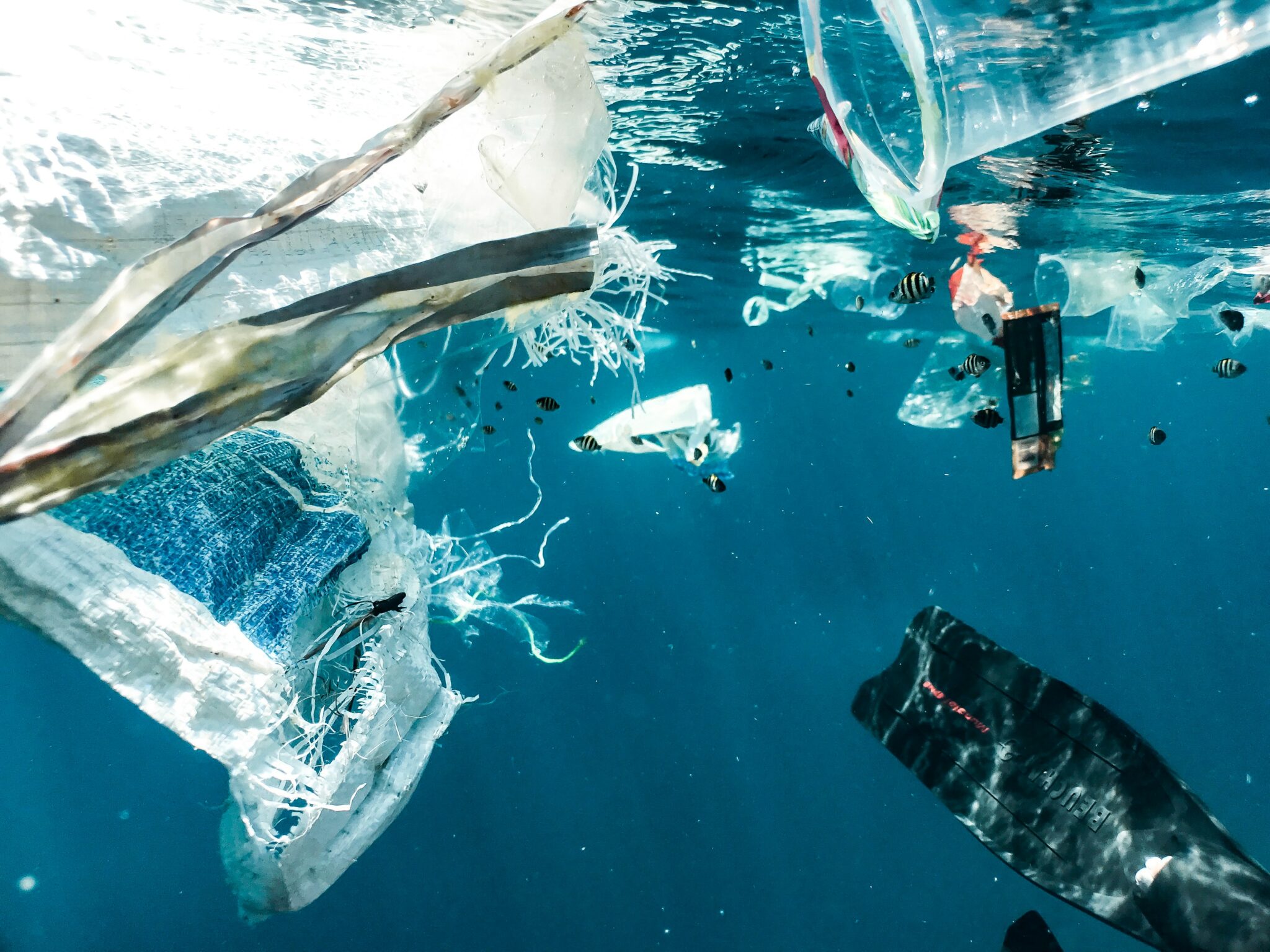Plastic compounds and products in the aquatic environment


The history of plastic as we know it today goes back to a not so distant past. The end of the First World War stimulated the industrial production of plastics, i.e. various polymers, and after the Second World War there was a real boom. Plastic is present in all areas of modern human life: from household items, electronics (mobile phones, computers, cables), the automotive and construction industries to packaging for food and hygiene products. The discovery of polyethylene terephthalate (PET) made it indispensable for the production of plastic drinks bottles. The fact that it takes more than 450 years for a single PET bottle to decompose in nature prompts us to think about its use.
Plastic is a high-molecular polymer that is synthesised from the basic raw materials crude oil and natural gas. To make it more attractive, more malleable and safer for use, various colours, plasticisers, stabilisers, antioxidants and similar additives are added. Plasticisers are added to make the product softer and more flexible. Phthalates are the most widely used and make up about 50% of the additives in plastics. The most commonly used phthalate was DEHP (bis(2-ethylhexyl)). Flame retardants are added to reduce flammability, while antioxidants, such as phenols, and biocides are used to slow down the natural degradation of polymers. Today, additives that have been shown to cause hormonal metabolic disorders, diabetes and infertility are no longer used. They have been replaced by newly created compounds that have similar properties but no proven harmful effects on the environment and human health. Plastic waste is particularly dangerous and harmful to aquatic ecosystems. Its degradation in nature leads to smaller particles of microplastics and nanoplastics, and the added additives are released into the aquatic environment. This leads to them entering the food chain and accumulating there. Additives that were used over thirty years ago can still be found in the environment.
The Josip Juraj Strossmayer Water Institute analyses the presence of forty-four additives in water using dispersive liquid-liquid microextraction coupled with gas chromatography and mass spectrometry (DLLME – GC MS/MS technique) as part of its regular monitoring. The presence of seven analysed PBDEs and thirty-one PCBs was not detected in more than 90% of the samples. Short-chain chlorinated alkanes C10-C13 were very rarely found in the analysed water samples, while exceeding the maximum permissible concentrations is extremely rare, in less than 1% of the samples. These compounds were used as flame retardants and are no longer in use. However, the presence of DEHP was confirmed in more than 95% of the samples analysed. The measured concentrations of DEHP in surface waters generally did not exceed the maximum allowable concentration of 1.3 μg/l.